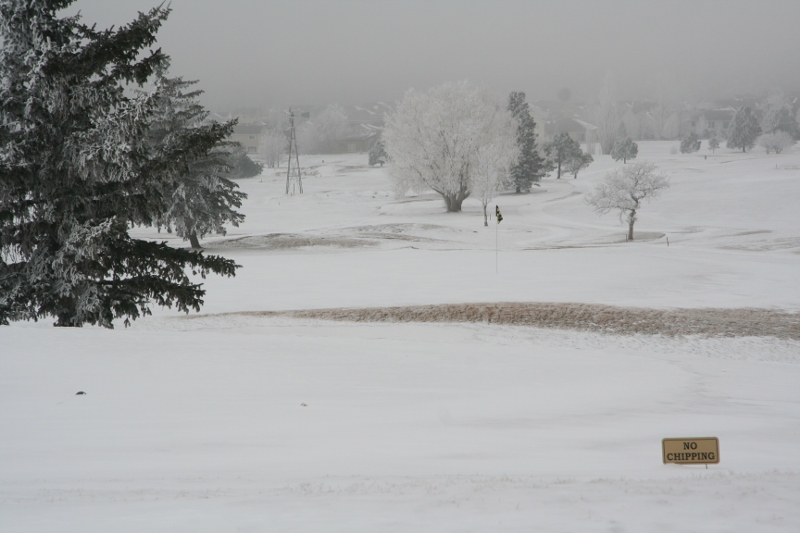Oh, what a strange week it’s been….
And to remember 2009 > The Best Roundups of the Best Photos of 2009
Oh, what a strange week it’s been….
And to remember 2009 > The Best Roundups of the Best Photos of 2009
Elaine and I journeyed to Yellowstone a month ago, with one of the big attractions being the elk. Which we didn’t see a lot of or very up close. We could have just walked down the street.

I saw a very interesting sky tonight and after giving the horses their grain I went back inside to get the camera. In that short period, the sky lost interest and this is what I got.
Then I tried to capture the horses-
That’s Hap
That’s Rags
Magic is a bit tricky to catch, even with a flash.
But if you are suitably sneaky and can distract her…
I found this site while looking for info on 35mm sized sensors. (See the post below). I don’t know if I agree with his argument. The SLR lenses if have for my camera are designed to project an in-focus image onto the film plane of my camera, whether analog or digital. if the silver halide crystals or digital pixels capture that information with the desired detail then I have captured my image.
I know that analog film can capture a much denser amount of light than a digital sensor. The example used inthe article is that a 35mm neagtive is equivalent to 22Mpixels, which is equivalent to 25.5K P/sq mm.
Hmm. That’s pretty close to the 20D and XT densities. Of course those chips have much less area than a 35 mm frame.
I found it an interesting article to read. Beware of people who warn of pipe dreams.
Canon EOS 5D Hands-on Preview: Digital Photography Review
Oh, they are making this so difficult for me. I really want to upgrade to a digital SLR. I already have a Canon EOS film camera with lenses, so I want to get a Canon D-SLR. They are generally reviewed as the best ones out there. Nikon can match some Picture Quality measures, but when you have the excellent lenses that both companies produce, that should be expected.
So, I started by looking at the Canon 10D which has been replaced by the 20D, with even better features. The 20D runs about $1500.
The Canon Rebel XT is running less than $1000. It has a lot of the features of the 20D, but, it has a plastic case. I am leery of plastic cases since I know how rough I can be on cameras while scrambling around looking for the perfect shot.
The one problem with the 20D and the XT is that their sensors are smaller than a 35mm film frame. This means that the sensor will only capture the inner two-thirds of the image seen in the view finder. The outer portions of the image, when the shutter opens, won’t be on the sensor and won’t be captured. I am sure that is something I can adjust to and, with the lenses I have, I can compensate to ensure that the portion of the image I want will be in the area that the sensor will capture. But, it is a waste.
The 5D has an image sensor that is the same size as a 35mm frame, so that 1.6 FOV (field of view) crop isn’t a factor. This is what I want. Unfortunately, the 5D runs about $3300
What to do? what to do? Starting with the 20D, costing $500-$600 more than the XT, seems like a bad starting move, especially if I want to go to the 5D as soon as possible.
Christmas is coming soon, I have to decide.
The 20D and XT have 8.2 and 8.0 M pixel chips, respectively, and the 5D has a 12.8 M Pixel chip. (Although I haven’t really seen anything on the effect of pixel density on the quality since:
the 5D has 14.8K Pixels/sq mm
the 20D has 24K Pixels/sq mm
the XT has 24K Pixels/sq mm
which implies, to me, that the 5D will be more lossy and lesser quality than the other two, especially if you were blowing up the middle of the image.) But I don’t know how many Pixels/sq mm are considered good enough to blow up a digital image into a wall poster, or 16×11 print. Maybe I should start with the XT and wait until the 5D gets its P/sq mm number up to the 25K range.
I just checked the ultimate, top of the line, Canon EOS, the 1Ds Mark II, and see that its P/sq mm number is 19.2K. The 1Ds is a 16Mpixel camera, with a 35mm equivalent sensor, in the $8K range. It is for the pros.
So maybe 24K P/sq mm is overkill, or maybe the 1Ds is obsolete. It’s over a year old now.